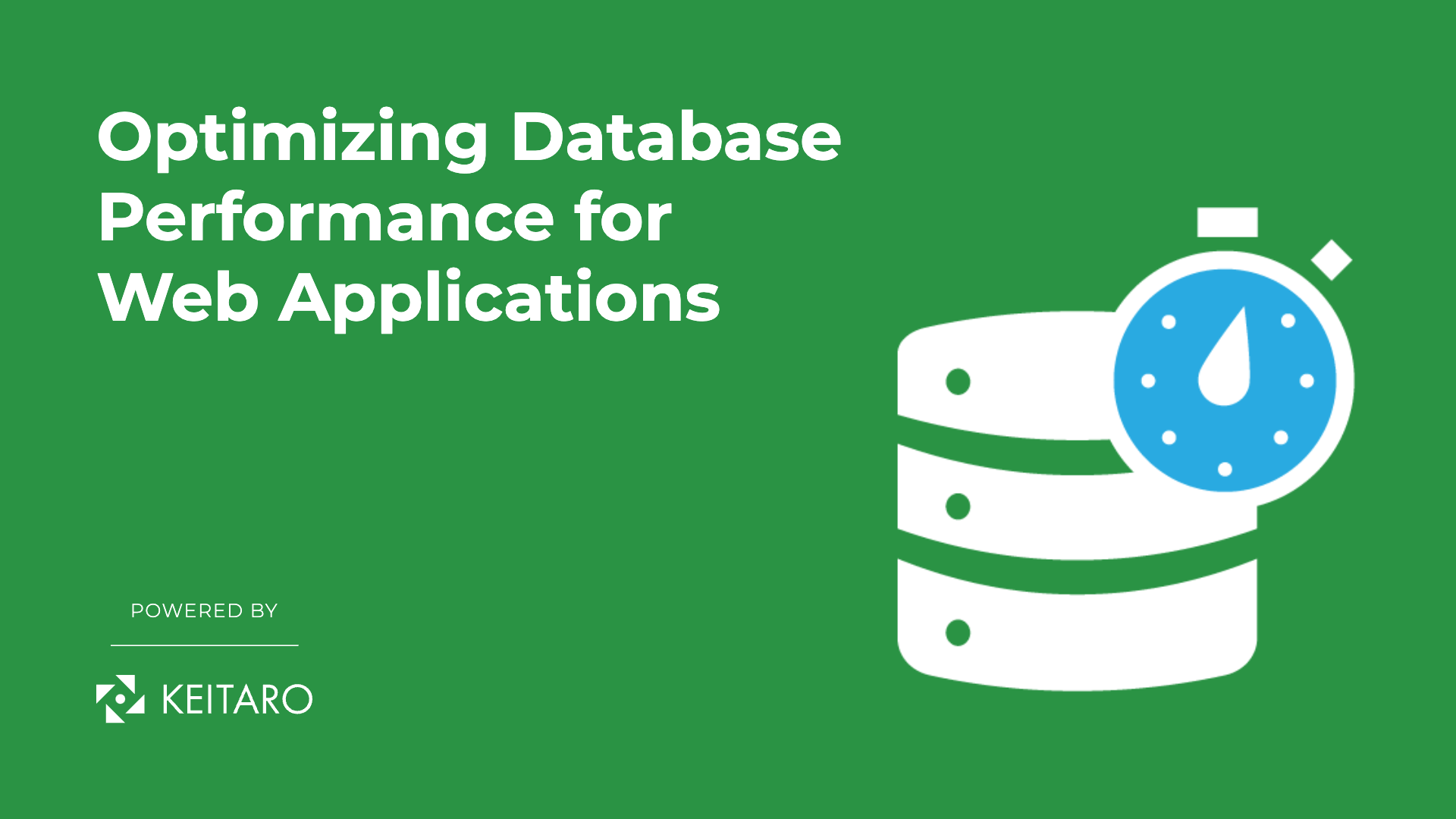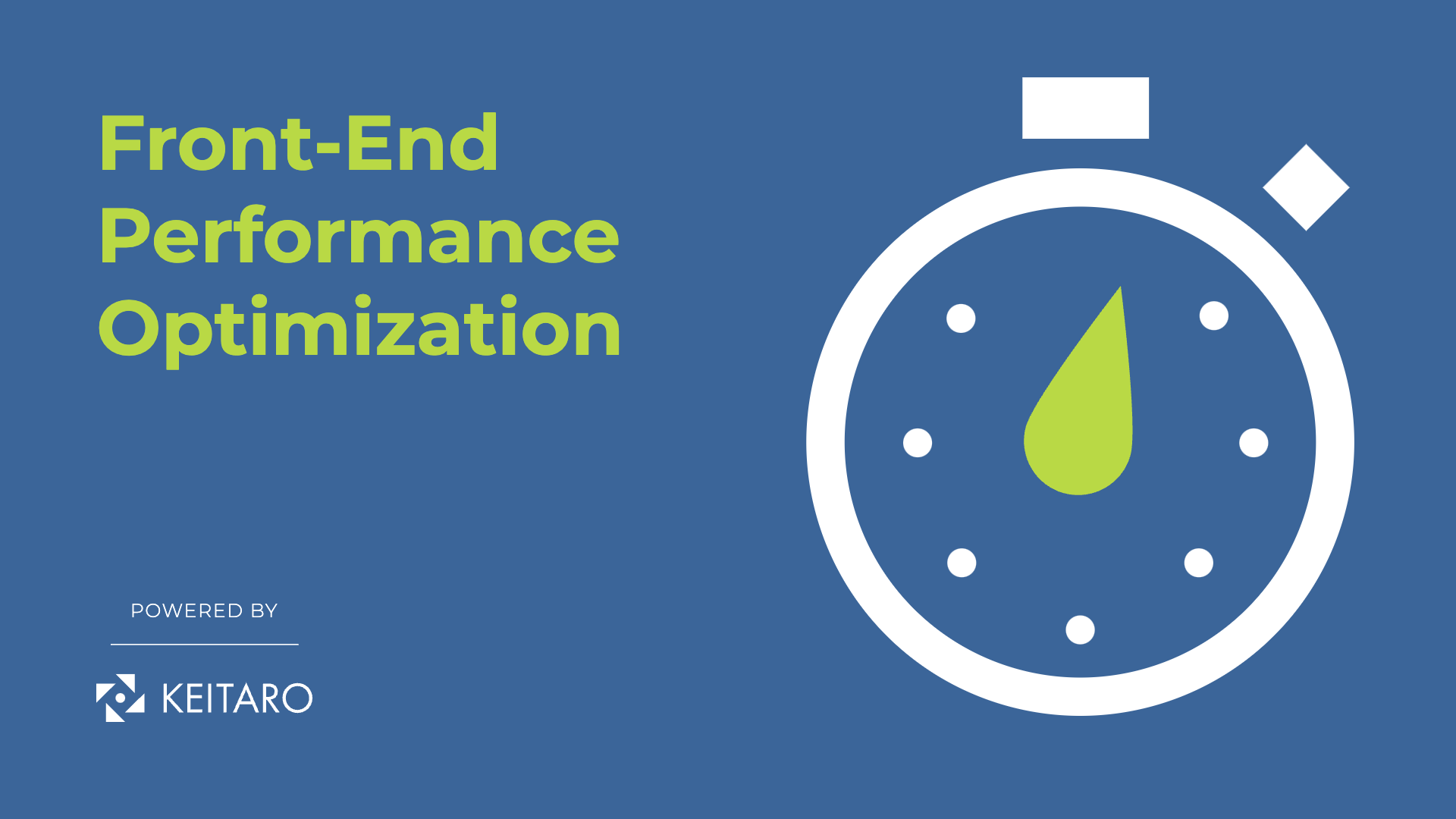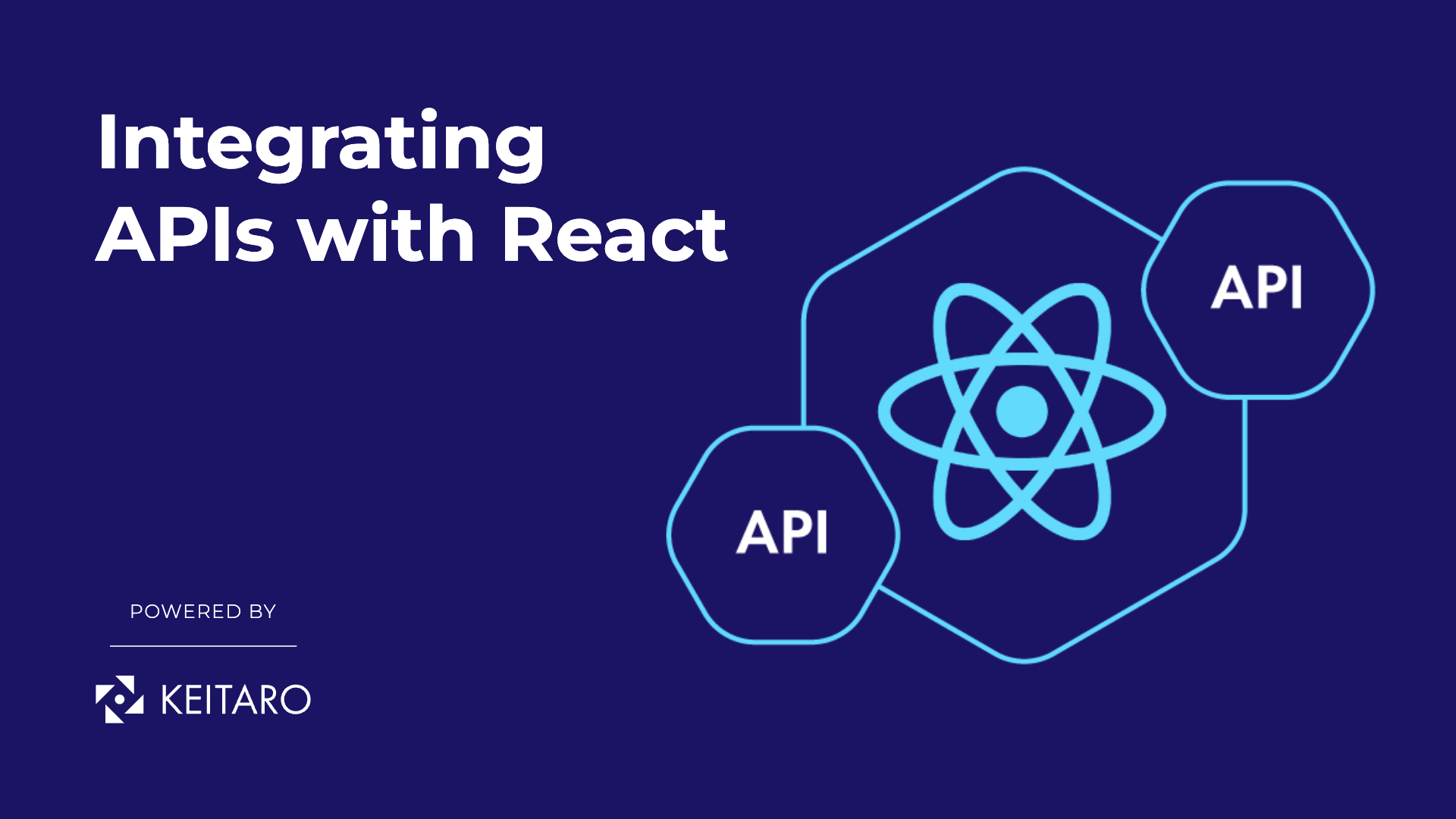The base of any software is the human-written code. The more efficient and consistent the code is, the easier it will be to understand, modify, or expand it. Since even highly experienced developers can make mistakes or write low-quality code, code review is the ideal way to inspect the code and turn it into the highest quality. What is code review, its benefits, and a few top tips and tricks are the discussion points of this blog. So, let’s jump right to it.
What is Code Review?
Code review is a process in which fellow developer(s) use predefined inspection rules to read the code of another developer line by line and look for flaws, coding approach, consistency with the program design, commenting standards, and similar other elements.
When code review is a core part of the workflow, it brings many rewarding benefits for the team, such as:
- Code review makes it easier and quicker to identify typing errors, business logic flaws, security bugs, and similar other errors. So instead of looking for those errors once the product is compiled, code review during the development phase significantly reduces the time and effort.
- Code or peer review encourages a more collaborative environment among developers. Junior developers can improve their coding skills faster by knowing about the areas where they are lagging or making mistakes. Similarly, senior developers can uplift their coding proficiency to a new level.
- Knowing that the code will be reviewed motivates developers to write quality and errorless code. Therefore, the performance of both developers and reviewers becomes more efficient, as they focus on providing the best quality work.
- Code review involves pre-defined inspection rules or metrics, so it’s also a way to achieve compliance with standards and the common coding style.
In short, the code or peer review process is a great way of achieving high-quality coding consistency, reducing risks, and improving the coding skills of developers.
Top Tips and Tricks
Code review processes are only rewarding if they are done rightly in a time-efficient manner. Although different teams have different approaches to handle code reviews, here we are listing down top tips and tricks that can facilitate greatly towards efficient code review processes:
- Open to Talk
For a code reviewer, it is easy to recommend changes in the code, but those recommendations might not be the right ones or the author might have already tested them. So, it’s better that the reviewer communicates about the changes with the author before finalizing them. Besides that, a team can make this whole process more efficient by opting for a collaborative code review tool, which provides a place where the reviewer can log changes, discuss changes with the author, and then finalize those changes.
- Set Up Goals
To make the code review process efficient and extract the benefits from it, a team should set up goals or metrics to use for measuring its code review efficiency. For example, the goals can be like “reduce the average number of bugs detected in a single review session”, “increase the review completion time”, etc. This way, a team can evaluate its code review efficiency based on set metrics and gradually enhance its performance.
- Avoid Reviewing Code for more than 400 Lines or 60 Minutes in One Session
Code review demands attention to details in order to pinpoint the flaws effectively. However, it does not mean a reviewer should complete the whole code review in one single session. The brain can only perform to its highest efficiency for a time and then it needs some rest. Therefore, the recommended practice is to review around 200-400 lines in one session, while the session should not be more than 60 minutes. If a reviewer cannot review 200-400 lines in 60 minutes, then the work can be done in multiple sessions.
- Annotate Code for Easy Review
For faster and efficient code review processes, it is recommended that authors annotate code to make it easier for reviewers to review the code. Annotation helps a reviewer to know from where to start, reasons behind the changes, and perform a more in-depth review. In addition, an author can identify a few bugs in the code itself while annotating. So, annotating code is beneficial for both author and reviewer.
Conclusion
To sum up, code review is an essential practice that every software development team should adopt. When code review is conducted in the right way, it brings developers together and lets them share knowledge and experience, while turning the code into its best form.



